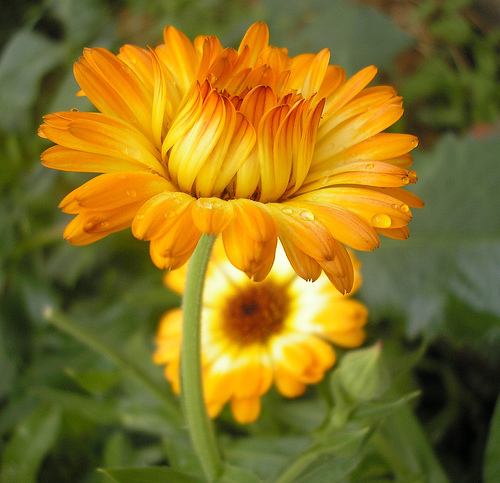Challenges in Standardization in Traditional Medicine / Herbal Drugs
The use of herbs and herbal extracts to treat diseases has stood the test of time. Herbal products/traditional medicine are composed of many constituents and are, therefore, capable of variation. The variability of the plant material is due to different conditions of growth, harvesting, drying, and storage. The polarity of the solvent, the mode of extraction, and the instability of constituents may also influence the composition and quality of the extracts.
The whole 10 pages article is available for download here.
The quality criteria for herbal/traditional drugs are no doubt based on a clear scientific definition of the raw materials used. To prove the constant composition of herbal preparations, however, adequate analytical methods have to be applied. Depending upon whether the active principle of the plant is known or not, different concepts of standardization have to be applied in order to establish relevant criteria for uniformity. There are several challenges in doing this. The issue of marker content and standardization claims has unquestionably been the central (almost exclusive) focus of recent discussions on product quality.
Traditional medicine / Herbal drugs can also be a looked at from the point of view of lead and drug development. Effective plant based drug discovery, however, requires an interdisciplinary approach wherein the pharmacognosist, chemist and the biologist work together.
In recent years there has been a tremendous demand for herbal drugs especially in developed countries and this demand is increasing everyday in the world market. It is well known that traditional herbal medicines existed before the application of the modern scientific methods to health care (Subramoniam, 2001). Herbal medicines stood the test of time for their cultural acceptability and lesser side effects. The chemical constituents present in them are a part of the physiological functions of living flora and hence they are believed to have better compatibility with the human body.
Herbal/traditional medicines are made from renewable resources of raw materials by eco friendly processes and are expected to bring economic prosperity to the masses, growing these raw materials (Kamboj, 2000). In olden times, vaidyas used to treat patients on individual basis, and prepare drug according to the requirements of the patient. Today herbal medicines, however, are manufactured on a large scale in mechanical units, where manufacturers come across many problems such as non availability of good quality raw materials, and proper methodology for standardization, etc., (Harish Padh,2001). Exploring herbal/ traditional medicines in the context of modern science is the need of the hour for their optimum and proper utilization.
Reproducible efficacy and safety of herbal products is based on reproducible quality. If herbal products are to be regarded as rational drugs, they have to be standardized and their pharmaceutical quality must be approved (Bauer et al., 1994).Also, their composition needs to be well documented in order to obtain reproducible results in pharmacological, toxicological and clinical studies (Bauer and Tittel, 1996).
The whole 10 pages article is available for download here.

